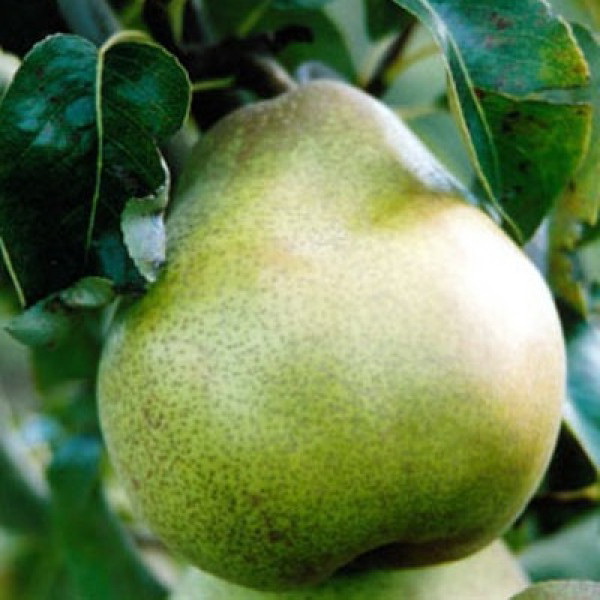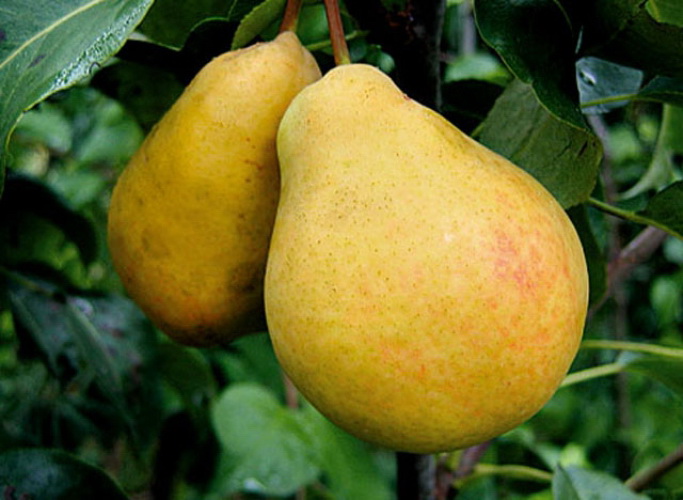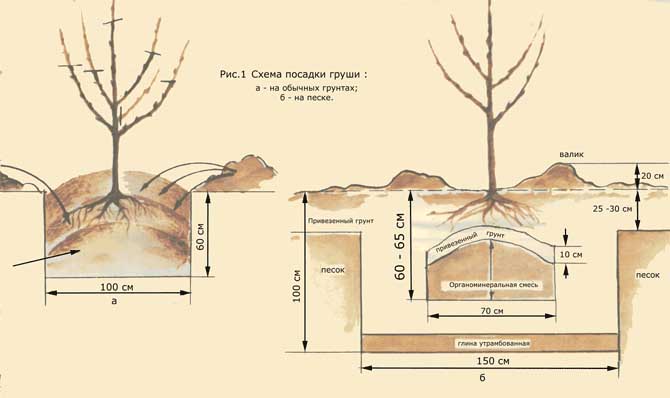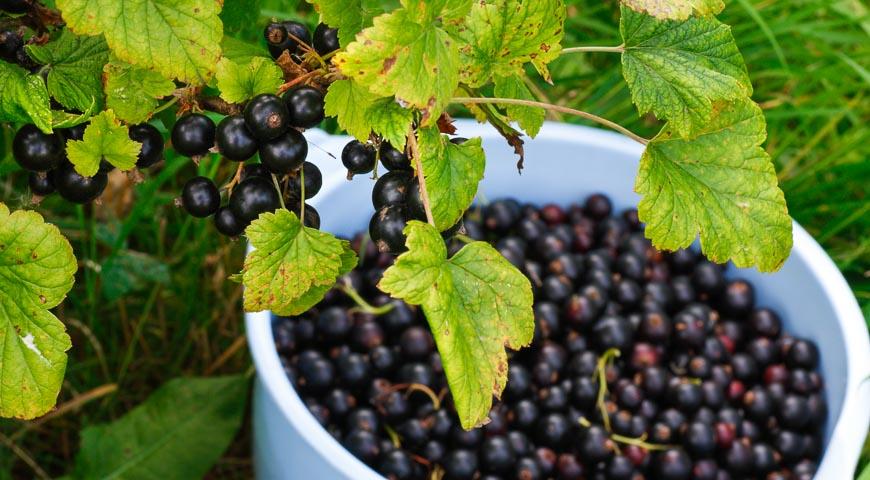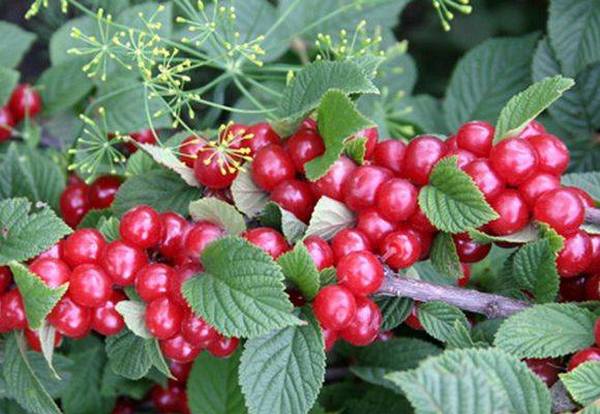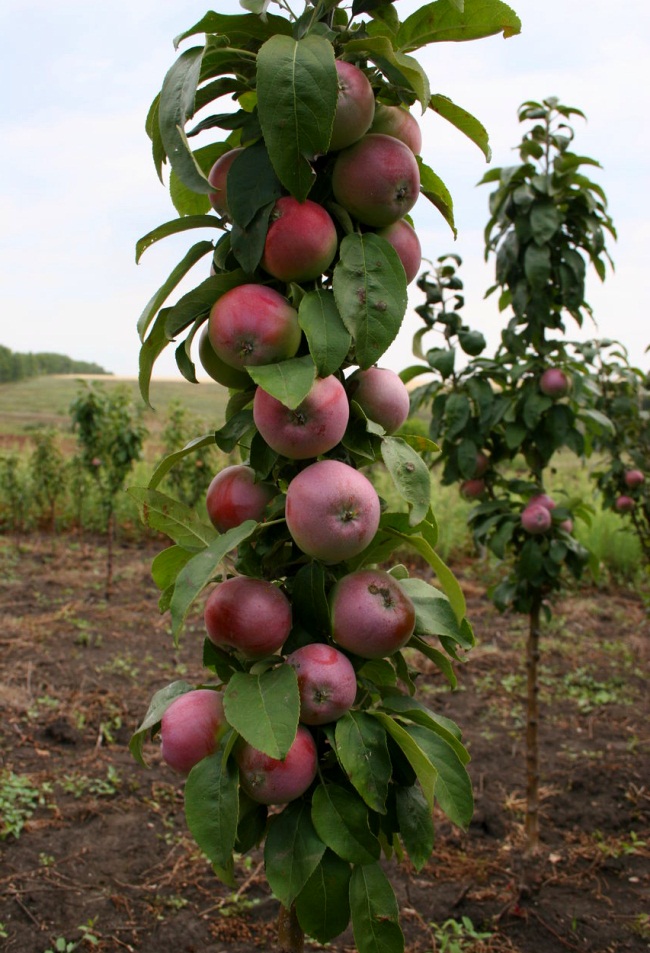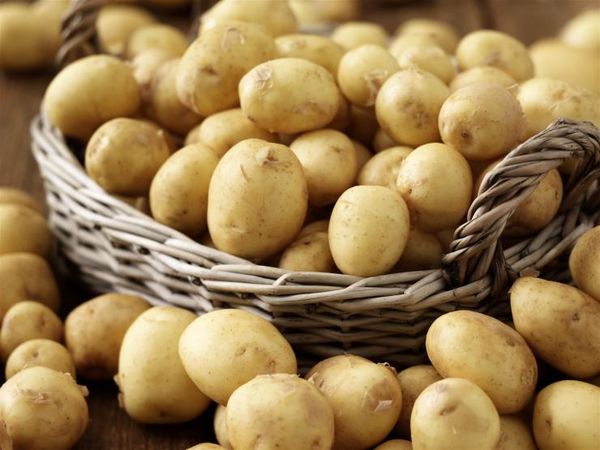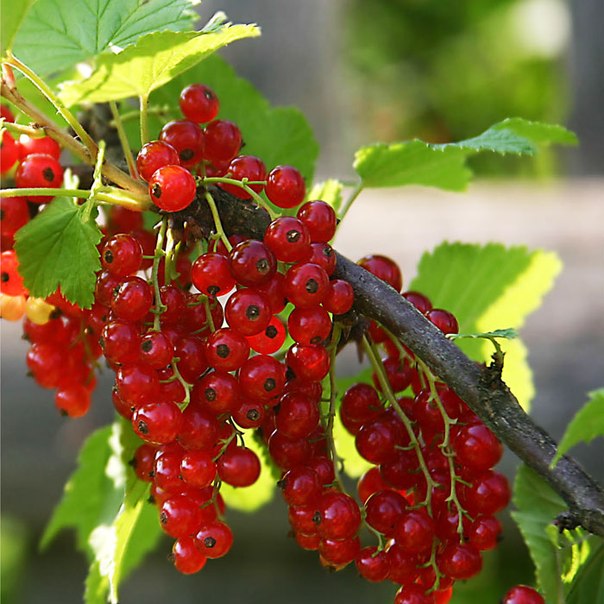Content:
The pear is a common garden crop. In Russian dachas, this fruit tree is not planted as often as, for example, apple trees. Gardeners from the southern regions of the country grow more often. But even there, on the plots, you can rarely find an abundance of these plants, mainly in the garden one by one, less often 2-3 copies.
Description of culture
Growing a pear is more difficult than growing an apple tree. It is more thermophilic and less winter-hardy. Nowadays all over the world there are about 1000 different varieties of pears. Recently, domestic breeders have bred those that grow well not only in Central Russia, but also in the Far East, Siberia, and the Urals. Such varieties withstand well even 40-degree frosts. At the same time, the trees give a good harvest of large and sweet fruits.
The fruits of this garden culture are very useful. They have granular flesh, as they contain a large number of stony cells. 100 g of this fruit contains 58 kcal. The fruits are rich in micro- and macroelements, vitamins, potassium, phosphorus, iron and other substances useful to humans. Pears are used in dried form, they are used to prepare jam, jam, jams, juices, compotes.
Pear varieties for Central Russia
The climatic conditions in Central Russia and in the more northern regions do not allow growing pear varieties that grow and bear fruit well in the south of the country. Therefore, the question of which sort of pear seedlings to choose should be approached carefully and seriously, having studied the advantages and disadvantages.
The varieties of this fruit tree can be divided into two main types: summer and autumn. They are also divided into early, mid and late ripening. However, pears, in contrast to apple trees, are more often classified according to summer and autumn varieties.
Pears for the Moscow region: the best varieties
If the early varieties of apple trees can please with their delicious fruits already at the beginning of summer, then pears ripen much longer. The first fruits of summer (early) varieties will be ready for consumption only by the end of July.
The first pears can be harvested by planting the Skorospelka variety from Michurinsk on the garden plot. This is the earliest summer pear variety, with favorable summer and proper care, it yields already at the end of July. The advantage of the variety is also winter hardiness: trees can withstand frosts even below -40 ° C. The yield is high, but at the time of fruiting, the plants enter relatively late - 5-6 years after planting a one-year seedling.
The pear variety Lada is popular for the Moscow region. It gained popularity due to its varietal peculiarity - it is self-fertile (does not need pollinator varieties growing in the neighborhood) and fast-growing. This is appreciated by those gardeners who have small personal plots and are unable to grow several varieties of this fruit tree at once. Another plus is that trees do not grow tall. As a rule, they are of medium height and rarely reach 3-4 m.
Crohn of plants has a moderately thickened volume.The fruits also ripen early - in late July and early August. They will be good both fresh and processed. At the same time, experienced gardeners note that pears have a beautiful presentation and are perfectly transported even over long distances. In general, trees of this variety are rarely affected by dangerous diseases. They have good resistance to scab and various fungal diseases.
The Fazochnaya pear variety has not only a beautiful name, but also wonderful fruits. The trees themselves grow quite tall (minus for owners of small areas). Plants have a beautiful crown, which most often takes the form of a pyramid. A good harvest can be produced alone, that is, without other pollinating varieties. However, experienced gardeners recommend planting other pear varieties nearby for a good harvest. For Fairytale, Rainbow and Severyanka are suitable as pollinators. As a result, all of them planted together will delight you with a rich harvest of juicy fruits. The fabulous pear is also famous for the fact that it has large fruits. The weight of some large specimens reaches 250 g. The fruits themselves are juicy, sweet and have a pleasant aroma.
Another popular early-ripening pear variety is Cathedral. It is often grown on an industrial scale, however, it gives quite good results even on 6 acres. As the main advantages of this variety of pears, summer residents say that it is not capricious and does not require special conditions during planting. In addition, the plants are also undersized (dwarf). The harvest from trees of this variety can be obtained in early August. At the time of fruiting, young plants enter 3 years after planting in a permanent place. The fruit is medium in size (150 g). However, this variety also has a significant disadvantage - it will not be possible to preserve the harvest for a long time, since the fruits begin to deteriorate as early as 10 days after harvest.
Pear varieties for the Moscow region: autumn varieties
Often the climate near Moscow indulges in warm and long autumn. This favors the ripening of autumn pear varieties. Gardeners tend to grow such late varieties because of their good keeping quality. With proper storage, the fruits can be preserved until the end of winter, or even until early spring. Autumn (late) pear varieties ripen in late September - early October. Novice summer residents often ask themselves the question: what varieties of pears to plant in the Moscow region and what are the best varieties of pears for the Yaroslavl region?
The first autumn pear fruits can be obtained from the Bere Moskovskaya variety. It belongs to the earliest varieties of pears with an autumn harvest. In favorable years, fruits from trees of this variety begin to be harvested already in early September (in the first decade). Harvesting is advisable not to delay. As the pears that remain on the trees begin to overripe and deteriorate, eventually such overripe fruits will not last long. In general, the variety is famous for its high yield, frost-resistant trees.
For more than 20 years, the country's gardeners have been growing another autumn variety - Akademicheskaya. Akademicheskaya pear is valued for its fruits, the weight of which, with proper care, ranges from 130 to 150 g. But some pears can be more weighty - up to 250 g. Fruits have a beautiful yellow color, snow-white flesh. The fruits are very aromatic, tasty, sweet and juicy. Ripen in early autumn - in the first decade of September. Unlike the previous variety, they can remain on trees for a long time, while not crumbling and without losing useful qualities. Trees give a harvest already 3 years after planting in the garden. The variety has good scab resistance. However, the Akademicheskaya pear also has a drawback - the trees grow large and spreading, taking up a lot of space on the site.
Planting pears
Gardeners are often interested in self-fertile pear varieties.These include the above-described Lada, as well as the Conference, Chizhevskaya, Tenderness and Rogneda. They give good yields even if they grow in the garden alone (due to self-fertility), but when planted together, the number of fruits on all these trees will increase.
For the growth and fruiting of pear trees, you must follow the rules of agricultural technology during cultivation. It is recommended to plant this garden culture in the southern part of the site. There is the largest amount of sun, the rays of which are badly needed for pear trees. You need to plant seedlings when the soil warms up enough. In the conditions of the Moscow region, this is the end of April - the beginning of May. It is impossible to delay planting, if the buds on young plants have already opened, then the trees can hurt or even die. During planting, the pit should be enriched with compost or humus. Mineral fertilizers - urea and phosphorus-potassium fertilizers - are also added to the hole. It is they who will provide food for the young seedling in the first 2-3 years. Watering for these fruit trees is necessary, but not frequent. It is enough in the conditions of Moscow and the region to water the plants once a month.
From 3 years old, planting begins to feed. In the spring, urea is scattered along the projection of the crown, and in August - superphosphate and potassium. In spring and autumn, trees are whitened, in April they also install trapping belts and carry out sanitary pruning - diseased and dry branches are cut out.
Diseases and pests of pears in the Moscow region
Scab - is more dangerous for the fruit of the tree, but sometimes it also affects the leaves. It is not difficult to recognize the disease - at the initial stage of infection, olive or yellow spots appear on the leaves and fruits. Prevention will help fight scab. In the spring, trees are treated three times with 1% Bordeaux liquid. Spraying is carried out before bud break, before the trees begin to bloom and immediately after flowering. It is also recommended that the affected fruits and leaves be picked by hand and then burned.
Another terrible disease is moniliosis (fruit rot). From the name it is already clear that the disease is dangerous to the fruits. Brown spots appear on the fruit. As a result, the infected fruits lose their taste and rot.
In order to avoid losing the harvest, summer residents carefully examine the trees and manually collect the infected fruits. In order to prevent, in early spring and late autumn, trees are sprayed with a 1% solution of Bordeaux liquid.
In recent years, many new varieties of pear trees have been developed. All of them have good immunity and resistance to terrible diseases. Therefore, growing resistant varieties, you will not have to fight diseases. However, one should not forget about prevention and care, since diseases and pests, as a rule, affect weak trees.
